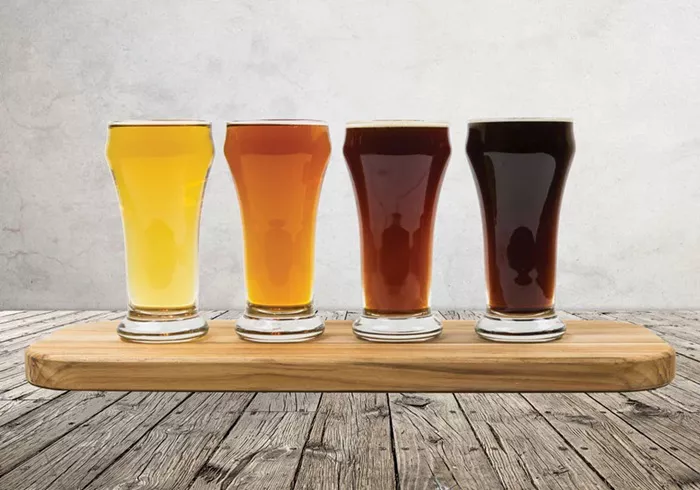Seven years ago, President Donald Trump imposed a 10% tariff on aluminium imports, aiming to revitalize the struggling domestic aluminium industry. However, the policy has failed to deliver the anticipated results, leaving key challenges unresolved.
Now, with a new 25% tariff set to take effect on March 4, 2025, the U.S. government is doubling down on its efforts to bolster industrial self-sufficiency, framing the move under national security concerns. Alongside steel, aluminium imports are facing these tariffs, but the actual impact on domestic production remains uncertain. Worse, the tariffs are driving up prices for consumers, particularly in the U.S. Midwest, without any clear long-term benefits to aluminium smelting capacity.
While tariffs may seem like a straightforward solution, history suggests they are unlikely to address the deeper systemic issues at play. A simpler, more effective strategy to reduce the U.S.’s dependence on aluminium imports lies in recycling—not in imposing tariffs.
Unlike steel, which enjoys a relatively balanced trade situation, the U.S. remains highly reliant on aluminium imports. In fact, aluminium imports account for nearly half (47%) of the country’s consumption, with Canada supplying more than two million tons annually, according to the U.S. Geological Survey. This reliance makes the country vulnerable to price fluctuations and global supply disruptions.
The market has already begun responding to the upcoming tariffs. The CME Midwest U.S. premium contract, a key indicator of aluminium pricing in the U.S., surged by $100 per metric ton in just one week. While some hope for tariff exemptions, the immediate price effects signal a potentially inflationary period ahead.
However, the core issue for the U.S. aluminium industry is not the tariffs themselves, but the high cost of power. The number of operating aluminium smelters in the U.S. has dropped sharply from 20 at the start of the 21st century to just four today. The only new smelter in operation, the New Madrid facility in Missouri, was shut down again in January 2024. Even with a $500 million government-backed “Green Aluminium Smelter” project underway, the high cost and limited availability of affordable renewable energy remain significant obstacles to expanding production capacity. Aluminium production is energy-intensive, and with renewable energy increasingly in demand across various sectors, securing enough power for new smelters is a challenge.
This energy problem, rather than tariffs, is at the root of the struggles facing the domestic aluminium sector.
However, a more straightforward solution lies in improving aluminium recycling. The U.S. is the world’s largest consumer of aluminium beverage cans, with 106.7 billion cans sold in 2021. Yet, the recycling rate for these cans stands at just 43%, a significant decline from 57% in 2014. Nearly half of all aluminium cans are discarded or improperly sorted at recycling facilities, leading to the loss of over one million tons of aluminium each year—worth approximately $1.6 billion.
Increasing recycling, particularly through deposit return schemes, would be a much faster and more energy-efficient way to reduce the U.S.’s dependence on aluminium imports. States with such programs see recycling rates of 74%, compared to just 26% in states without them. By expanding these programs nationwide, the U.S. could substantially increase its domestic supply of aluminium, reduce waste, and improve energy efficiency—without the economic burden of tariffs.
Rather than relying on tariffs, which only lead to temporary disruptions, the U.S. has a simple, sustainable solution at hand: boosting aluminium recycling. This approach could ensure a more stable, domestic supply of aluminium while simultaneously cutting waste and energy consumption.
You Might Be Interested In:


